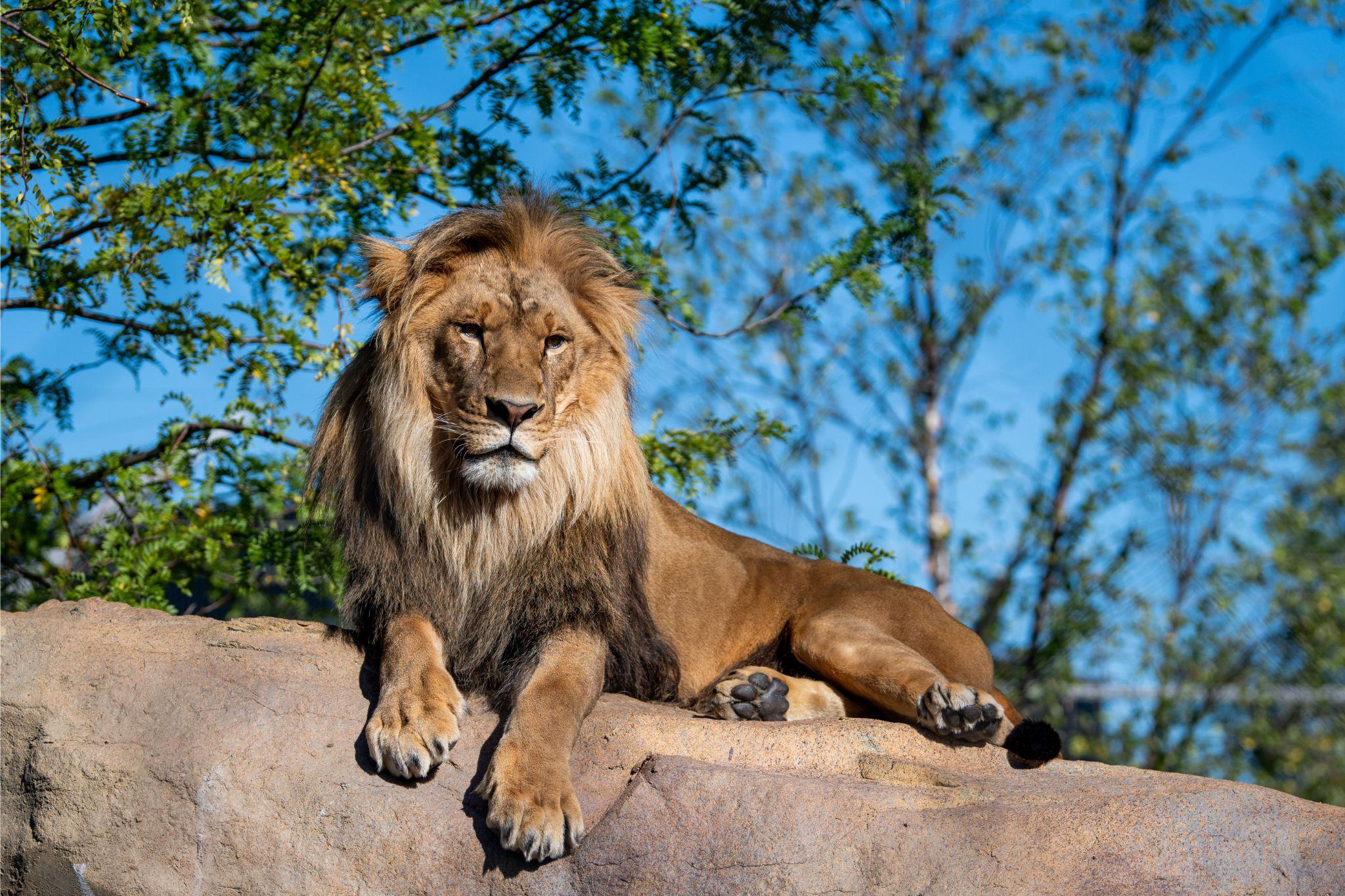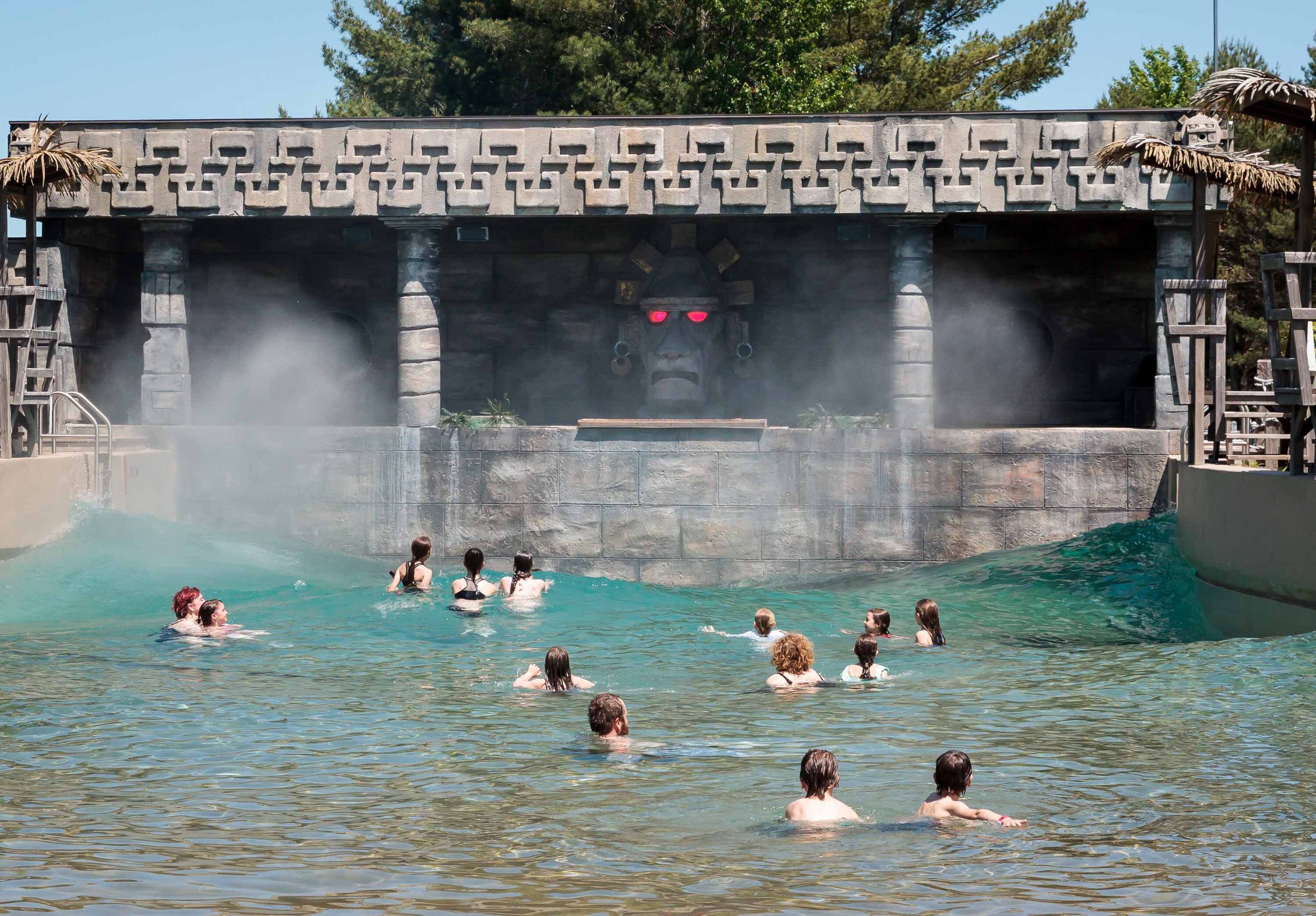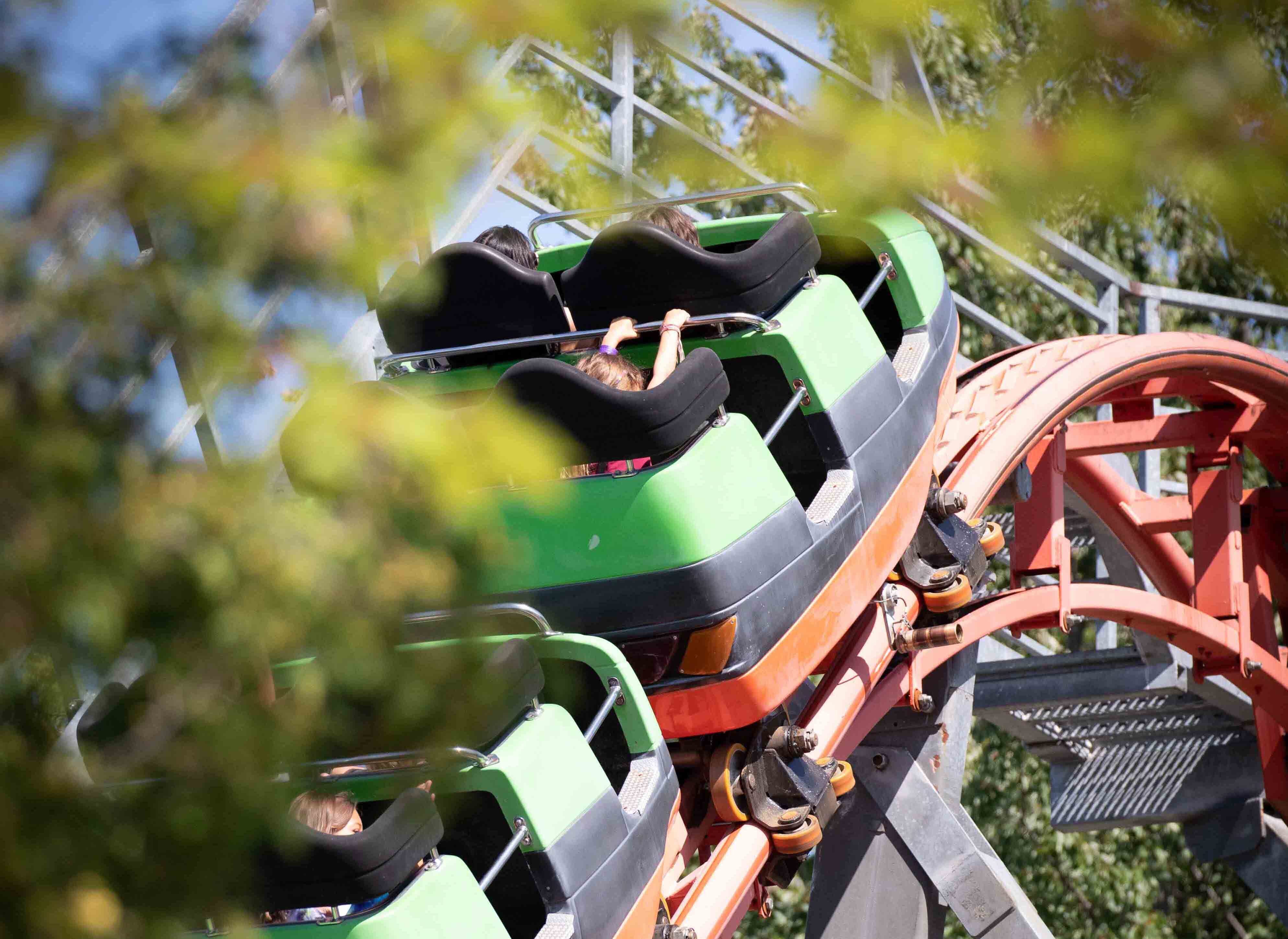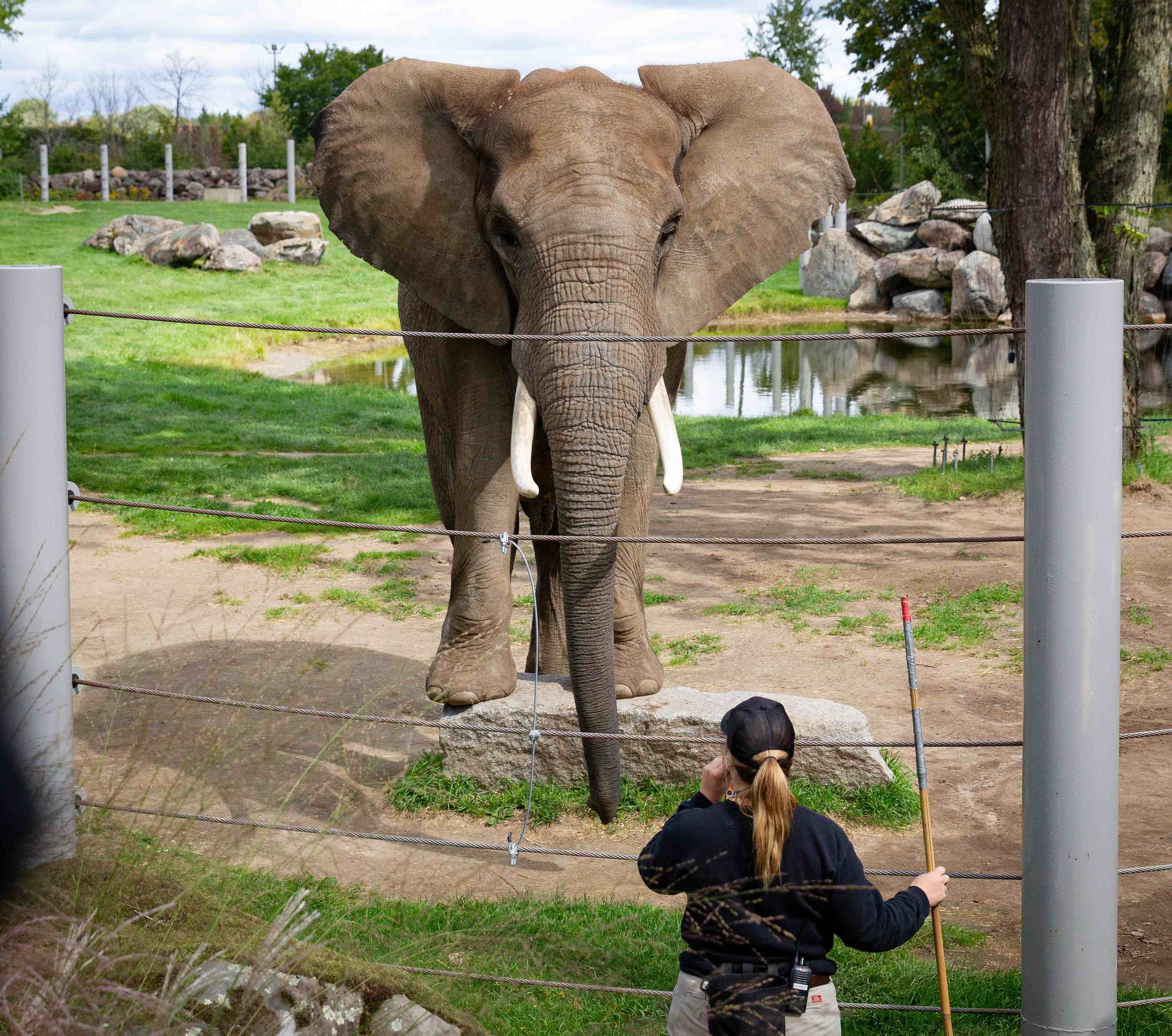A birth that does not go unnoticed
A joyous event took place at the Zoo de Granby during the night of May 2. After certain of our employees noticed Elsa was pregnant, our female snow leopard gave birth to three small cubs.

A short reproductive period
For the second time, our beautiful Elsa became a mother. In 2021, she gave birth to a tiny female cub we named Jita. Last fall, when Jita reached sexual maturity, she was transferred to the Toronto Zoo to find a companion and further the reproductive effort for this species.
After Jita’s departure, the reproductive effort for this species resumed for our leopard couple, Elsa and Kang. The wait was not long: our animal care team noticed our female rounding out quite quickly.
Contrarily to other mammals, the gestation period for snow leopards is short, ranging from 98 to 104 days or 3.5 months. The reproductive period being from January to March, the cubs are normally born in May or June.
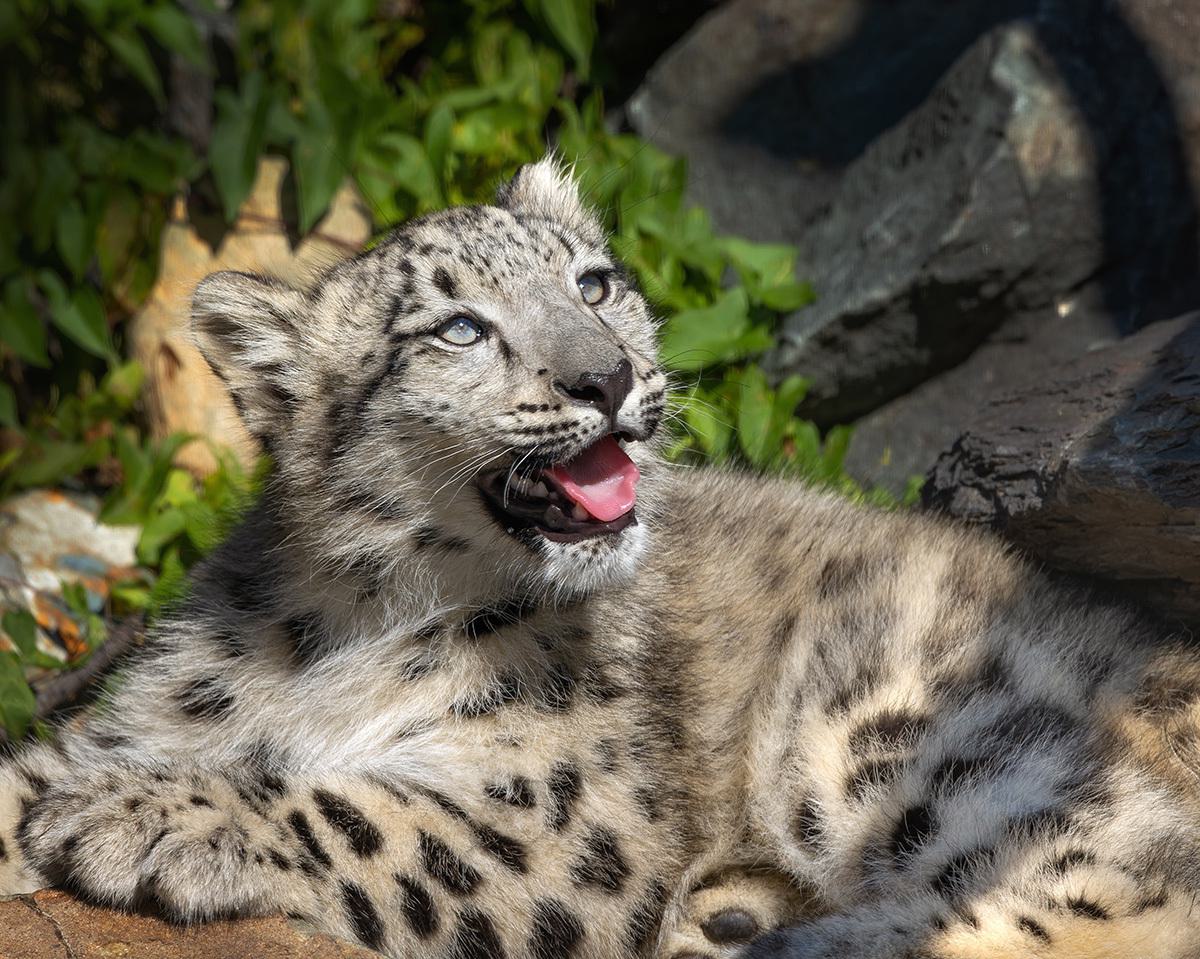
The birth
To give birth in a comfortable area, the mother seeks refuge in a small den in nature, where she will shed to cover the earth with fur. At the Zoo, to ensure the female can give birth in a calm environment free of disturbances, an indoor habitat was specially developed to resemble a den.
The cubs are born blind and weigh between 320 and 708 grams. After seven to nine days, they open their eyes. The mother will breastfeed for three to four months. When the cubs are two months old, solid food is also gradually introduced into their diet.
The care
After the several days/weeks where the cubs are taken care of by their mother, our veterinary and animal care teams became more attentive to the triplets.
The teams weighed the cubs and determined their sex. The cubs are weighed every week following the first to ensure their growth is normal. This manipulation is essential and greatly helps the teams detect signs of good or poor health.
Ten days after the birth, our veterinarian Doctor Cédric Larouche weighed the cubs and was happy to report that there is one male and two females.
Felines being species at high risk of several illnesses, certain vaccines will be administered to the cubs at two, three and four months old. These same vaccines are given to domestic kittens at birth, such as rabies.
After these vaccines, the babies will be placed in their exterior habitat with Elsa and Kang, where they will discover a whole new environment. You might have to exercise patience before you see the cubs running and playing outside!
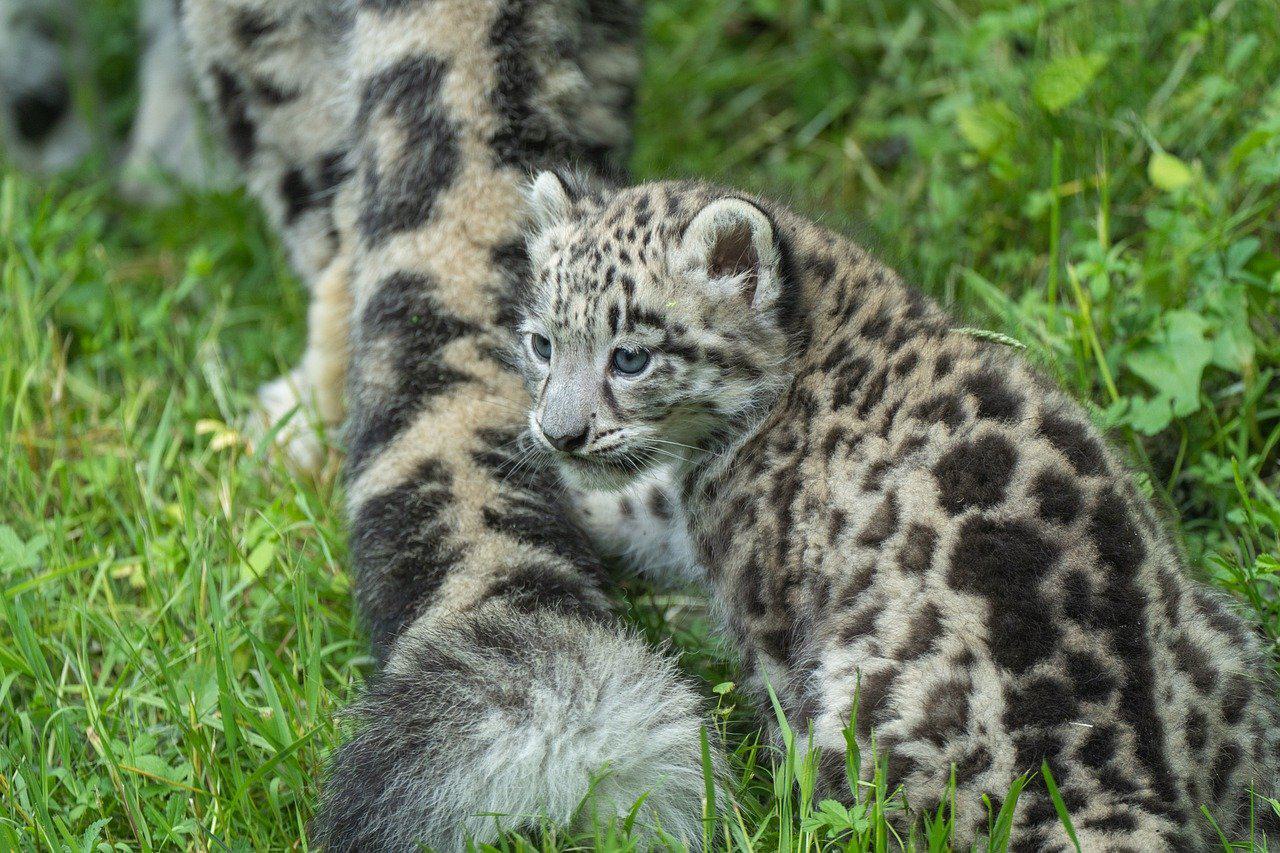
Snow leopards have been designated a vulnerable species on the IUCN’s (International Union for Conservation of Nature) red list.
This species is in danger of becoming extinct for several reasons:
- The reduction in the number of preys available due to hunting, overgrazing and the introduction of farm animal illnesses to wildlife.
- The pressure from breeders on snow leopards—the leopards attack livestock, so they are killed by the breeders.
- The excessive hunting of these animals for their beautiful fur, highly coveted to manufacture coats or act as trophies, as well as for their bones used in traditional Asian medicine.
- The loss of habitats and the fragmentation of habitats that isolate individual animals and populations.
----
We are also extremely happy to announce that Elsa's firstborn, Jita, became a mother to two leopard cubs on May 13th. This is great news for the survival of the species. To watch the video of Jita's birth, click here!
The Zoo de Granby is proud to participate in the exsitu reproductive efforts for this endangered species. We are also proud to financially contribute to the Snow Leopard Trust’s projects to better understand and protect the snow leopard, in partnership with the communities who share its habitat.

